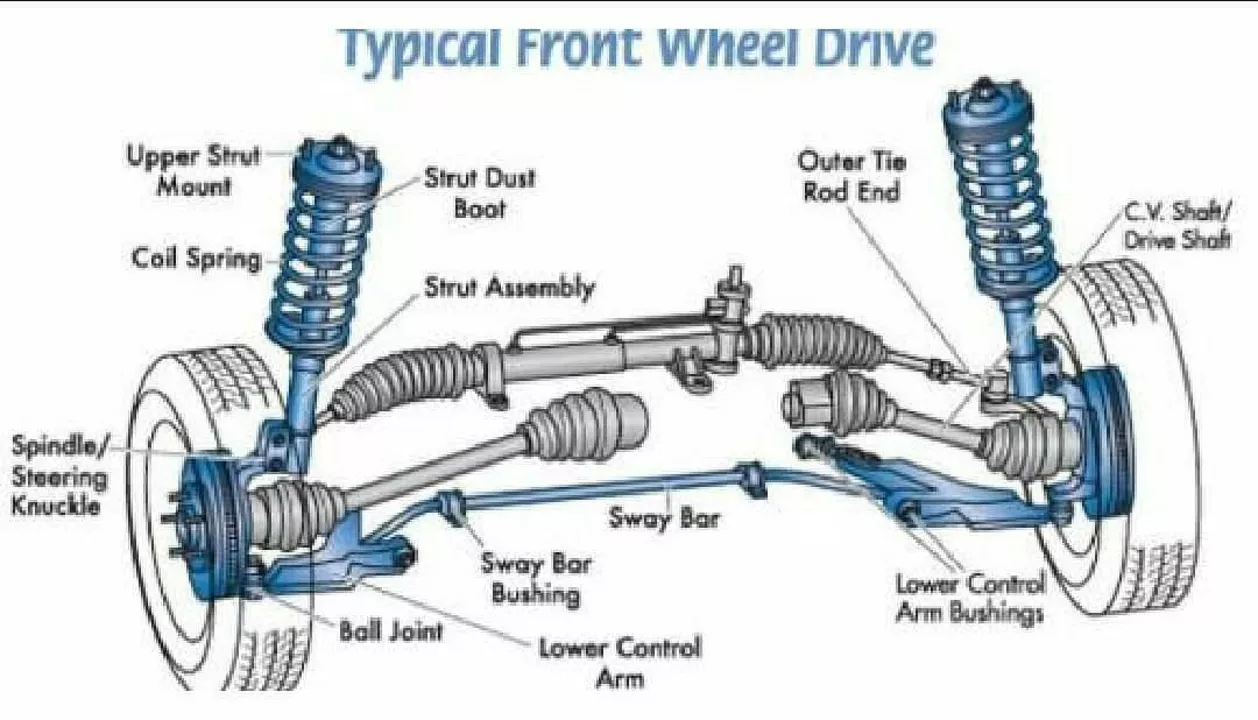Automotive Modification and Maintenance: What Every Car Lover Should Know
If you love tweaking your ride, you’ve probably heard the phrase “cut the springs” tossed around in forums. It sounds easy—just a quick cut and your car sits lower, looking sportier instantly. But is that shortcut worth the risk? Let’s break down the real impact of cutting springs and explore better options for a lower, healthier suspension.
Why Cutting Springs Can Cause Trouble
When you cut a spring, you permanently shorten its length. That changes the spring rate, making it stiffer. A stiffer spring means a harsher ride, and you’ll feel every bump on the road. Worse, the altered geometry can throw off alignment, leading to uneven tire wear and sloppy handling. In extreme cases, the suspension may hit its travel limits, putting stress on mounts and bushings.
Safety is another big factor. The factory‑designed spring balances weight, comfort, and control. Change that balance and you could lose traction on wet surfaces or during hard cornering. So while a shaved spring gives a quick visual drop, it can cost you in comfort, grip, and component lifespan.
Safer Ways to Lower Your Car
Instead of cutting, look at lowering kits or coilovers. A lowering kit typically includes new springs that are engineered to keep the correct spring rate while providing the desired drop. Coilovers take it a step further, letting you fine‑tune ride height, damping, and stiffness independently. Both options maintain the suspension’s intended geometry, so you keep good handling and avoid premature wear.
Another plus is adjustability. With coilovers, you can raise the car back up if you need more clearance for a road trip or an off‑road adventure. It’s a flexible solution that a permanent cut can’t match. Plus, many kits come with updated bump stops and strut mounts, which help protect the suspension from bottoming out.
When you decide on a kit, choose one from a reputable brand and have it installed by a qualified mechanic. Proper installation ensures the steering geometry stays within spec and the ride quality remains smooth.
Beyond lowering, think about other mods that boost performance without sacrificing reliability. Upgrading brake pads, adding a high‑flow air filter, or installing a lightweight flywheel can give you a more responsive car without the downsides of a DIY spring cut.
Regular maintenance is the backbone of any modification plan. Keep your shocks, bushings, and alignment in check, especially after any suspension work. A quick alignment check after installing a new kit can prevent uneven tire wear and keep your car tracking straight.
Bottom line: Cutting springs may look tempting, but the hidden costs often outweigh the instant visual gain. Opt for purpose‑built lowering kits or coilovers, get them installed correctly, and maintain your suspension regularly. Your car will look low, drive better, and stay reliable for miles to come.
Is it bad to cut springs to a lower car?
As a car enthusiast, I've been asked many times - is it bad to cut springs to lower a car? To sum it up, yes, it can be harmful to your vehicle. Cutting springs can lead to a harsher ride, compromised handling, and increased tire wear. Furthermore, it may cause safety issues and decrease the overall lifespan of your car's suspension components. So, if you're considering lowering your car, I highly recommend looking into professional lowering kits or coilovers for a safer and more reliable solution.



